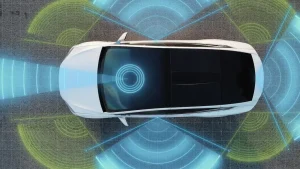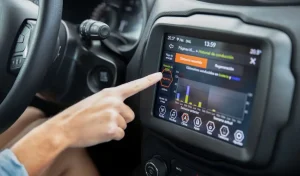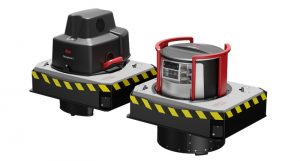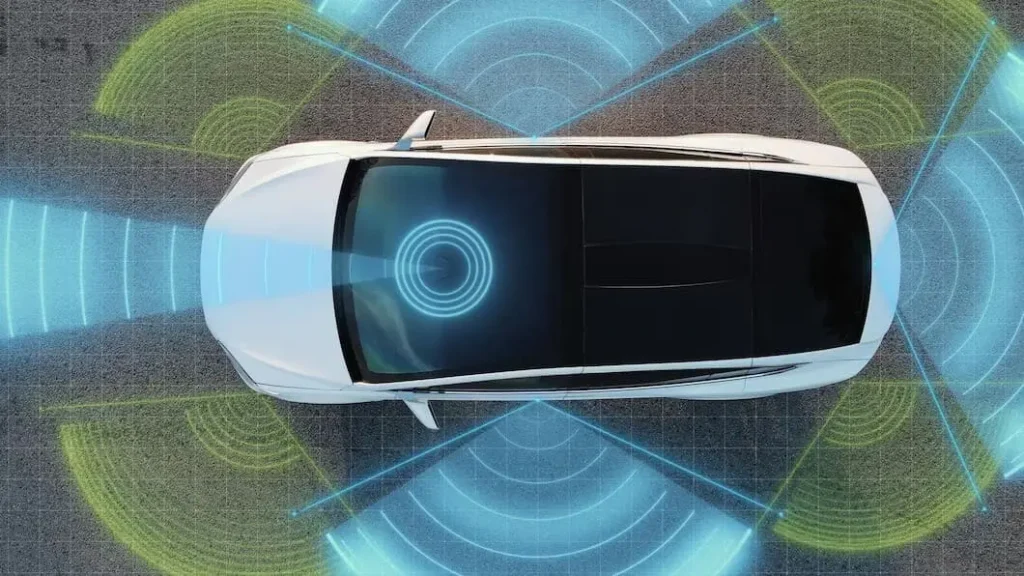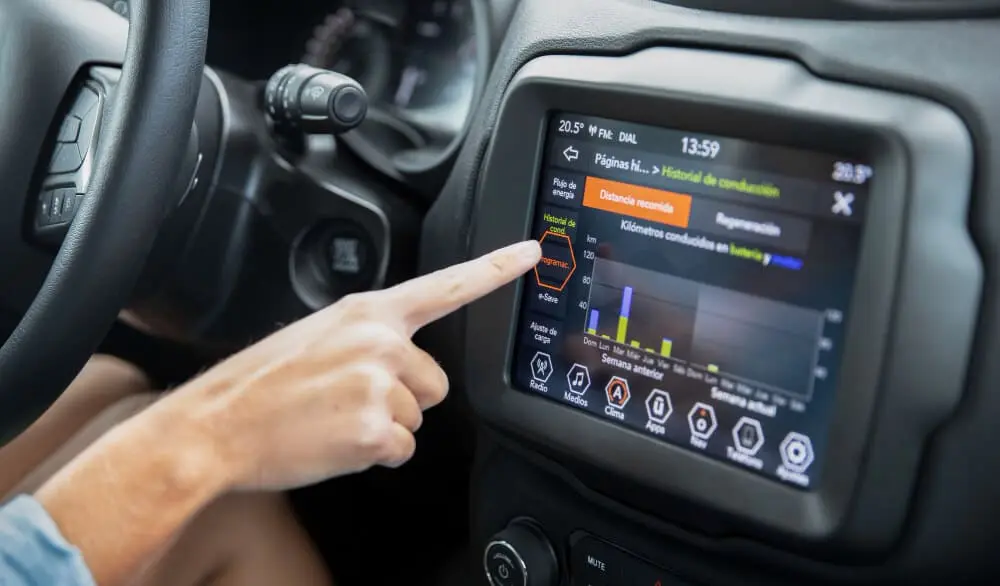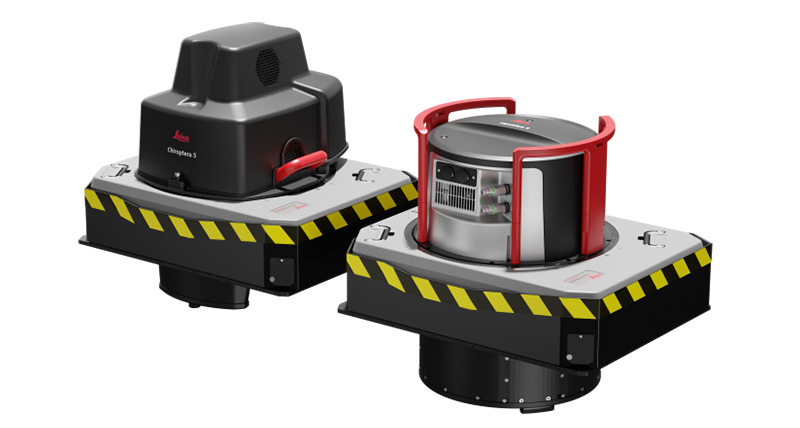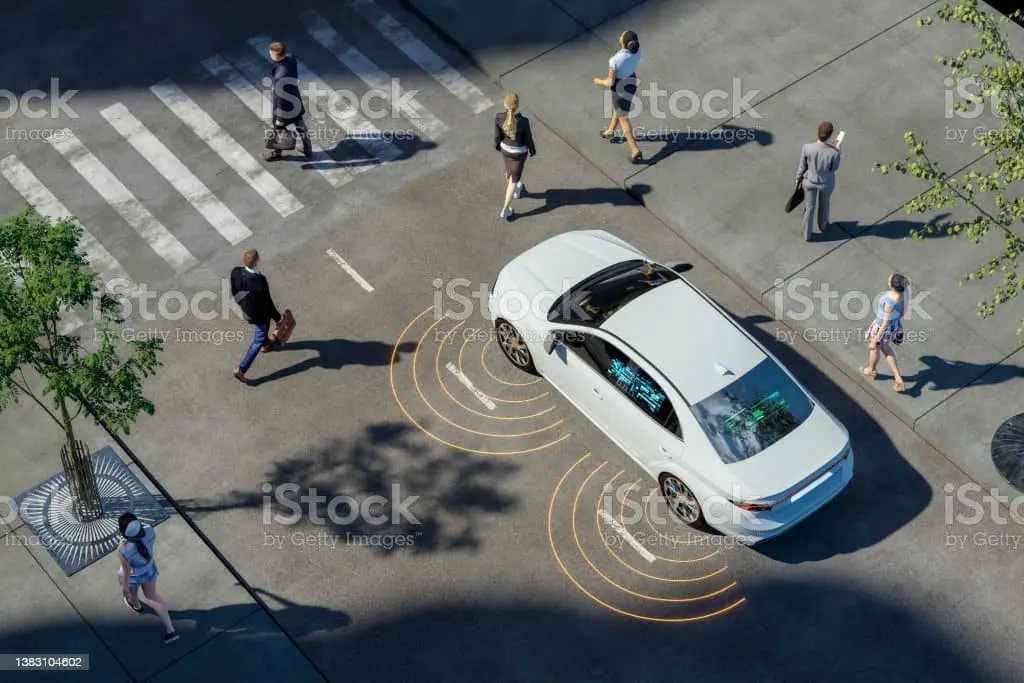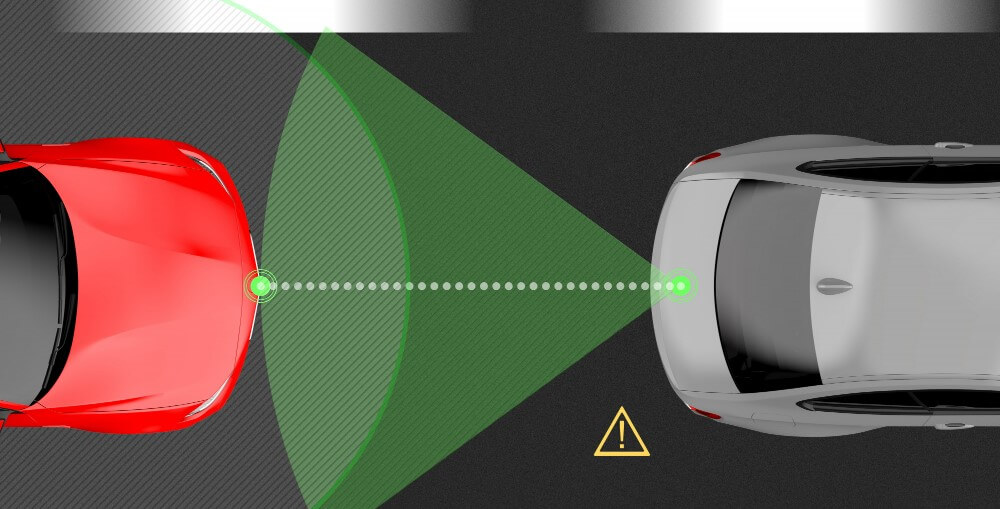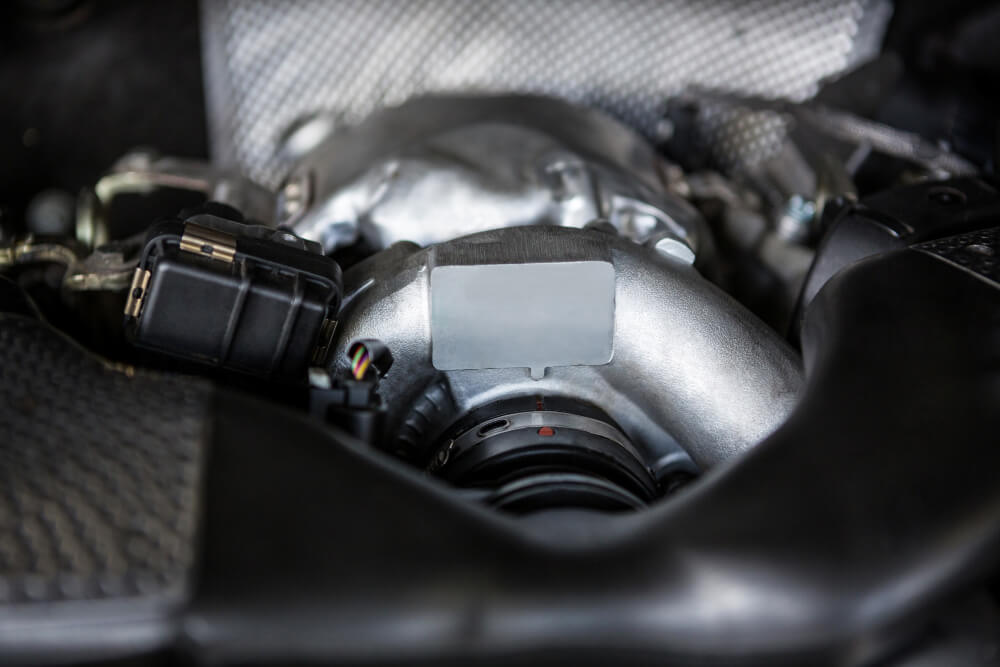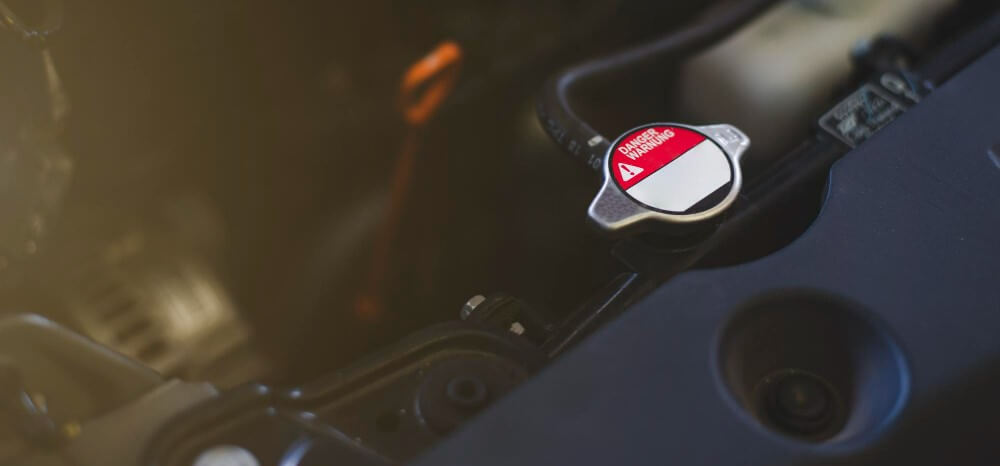If you’re worried about hitting objects—or even other cars—while parking your car, then a set of car parking sensors could be the answer. These devices are designed to detect nearby vehicles and pedestrians and alert you to their presence with an alarm or visual display. As such, they can be invaluable when it comes to preventing accidents and protecting your vehicle from damage. However, there are a few things to keep in mind before deciding which type of sensor is right for you:

It is important to measure correctly.
When you are measuring your car, it is important to measure it correctly. If you do not do so, then there are two things that could happen. Either the sensor will not fit or the bumper will not fit correctly. One way to measure correctly is by measuring from the center point of your bumper and drawing a straight line down until it reaches your chassis (or understructure). Then, you need to mark where this line intersects with each side of your bumper at its widest point (or wherever they feel most comfortable). With these three points marked, use a ruler to take measurements between them and make sure they fall within the range for this type of product.
Consider where you want the car parking sensors installed.
Consider where you want the sensor installed.
Are you planning to install it on your car? Or would you rather have it mounted on the wall of a garage or in an open space? All these factors can impact your decision, so make sure to keep them in mind.
The best place for most sensors is right under a bumper so that they’re visible from both sides of the vehicle. They’ll also be easier to reach if they’re located there—no need for stretching and bending down! And finally, if possible, try installing them near corners or flat surfaces; this will help prevent any accidents from happening when someone trips over them while walking around with groceries!
Some parking sensors can help with cross-traffic when reversing out of a perpendicular parking space.
Some parking sensors can help with cross-traffic when reversing out of a perpendicular parking space.
When you’re reversing out of a perpendicular parking spot, it’s important to know if there are cars approaching from behind or to the side. Cross-traffic detection systems are designed to detect these vehicles so that you can avoid a collision.
Consider the warranty and installation costs.
When you’re looking at manufacturers of parking sensors, make sure you understand what kind of warranty they offer. A good warranty means that if something goes wrong with the sensor after purchase, it can be repaired or replaced for free. The length of the warranty varies from brand to brand and product to product, so be sure to check the fine print before settling on a model.
Also, keep in mind that some companies will charge an installation fee—this should be included in their advertised price; if it isn’t, ask them about it before buying! If you do end up paying extra money for installation costs (or other fees), make sure you know exactly what’s included and whether or not there are any hidden surprises lurking beneath those numbers.
Another thing to look out for when purchasing parking sensors is whether or not your chosen retailer has a good reputation and/or has been around for a while: these factors will give some indication as to how well their products perform over time and how likely they are going out of business anytime soon (which could leave you without support).
Find a good installer for the Parking Sensor Kit.
It is easy to find a company with a good reputation, but you need to make sure it has a good range of products, accessories, and installation options. You also need to make sure that they have a good range of support options, warranties, and other services offered.
The first step is to measure your car’s bumper to make sure it’s suitable for the installation of a parking sensor.
The first step is to measure your car’s bumper to make sure it’s suitable for the installation of parking sensors. Measure from the center of the bumper (or where you want to install the parking sensors) to where you would like it installed. Next, measure from the bumper to your chosen position for where you want them mounted on your vehicle. You will also need to take measurements for other details such as:
- Bumper width
- Bumper height
- Bumpers thickness
Conclusion
Parking sensors are a great way to avoid those pesky dings and scrapes that can develop into more serious damage over time. If you want to protect your investment, then this is the way to go. We hope that we’ve provided you with some useful information on how parking sensors work and why they’re such an effective solution for people who need an extra set of eyes when they park!

